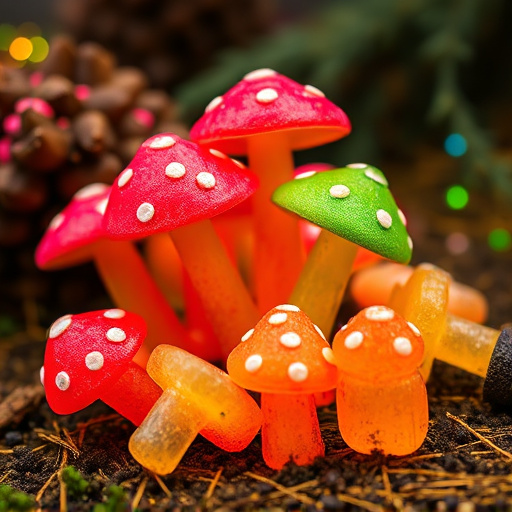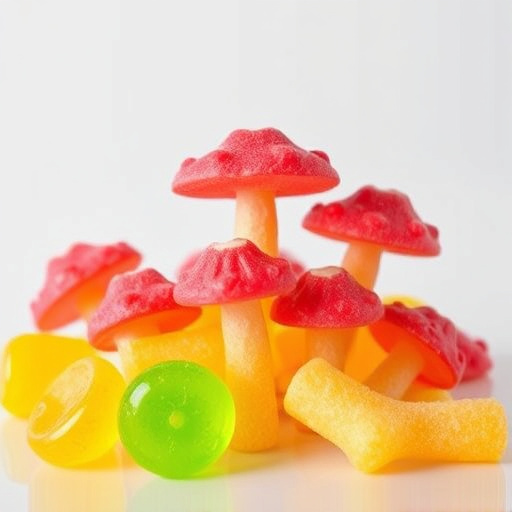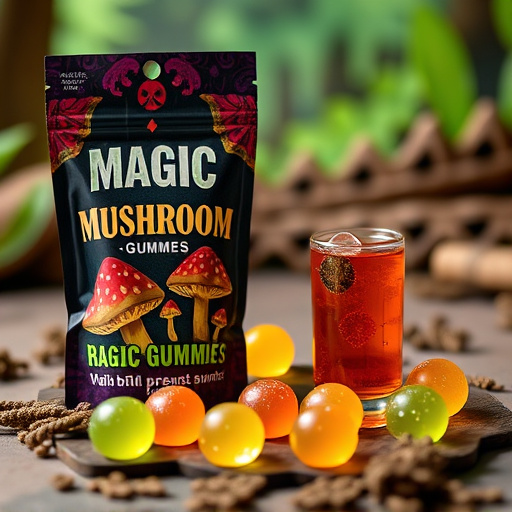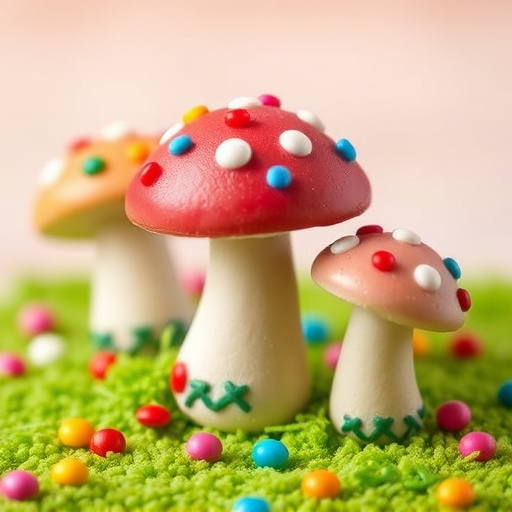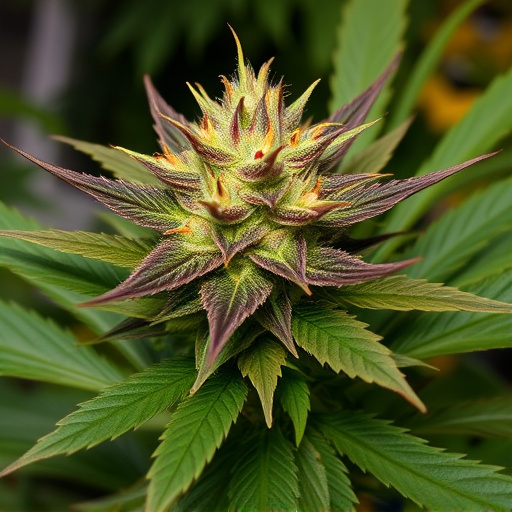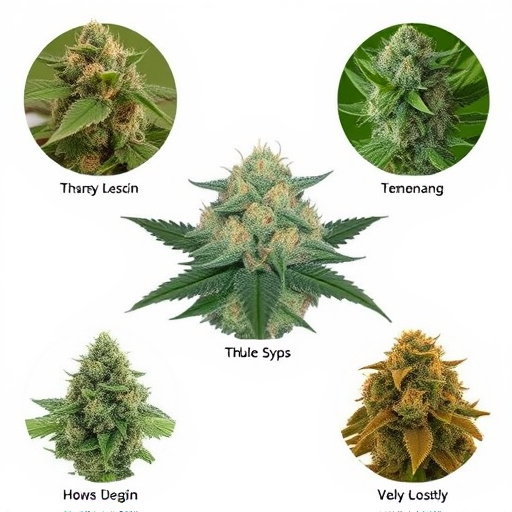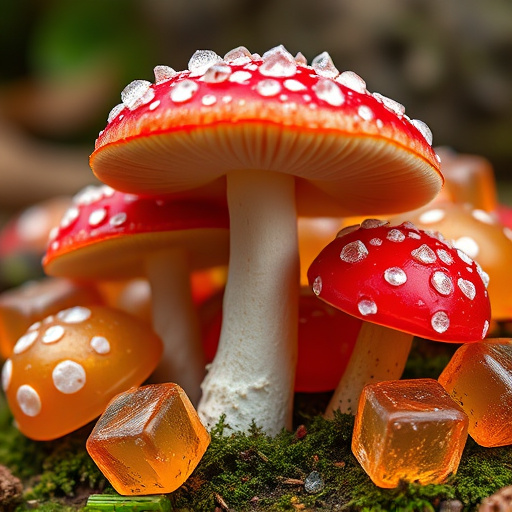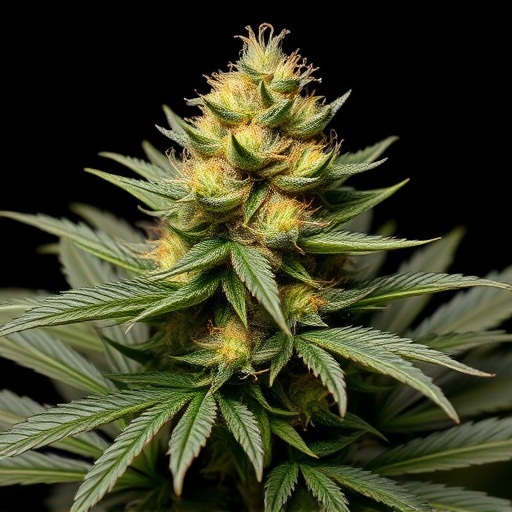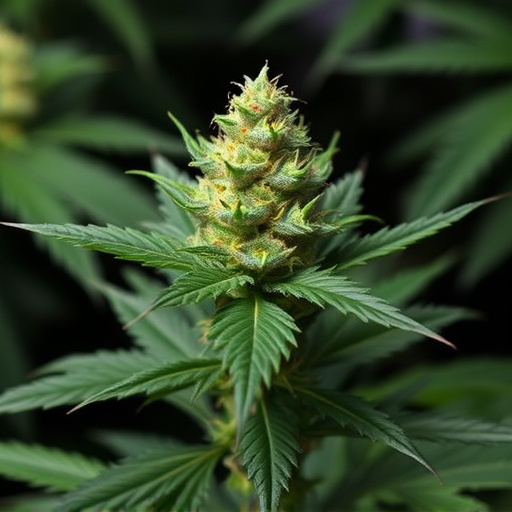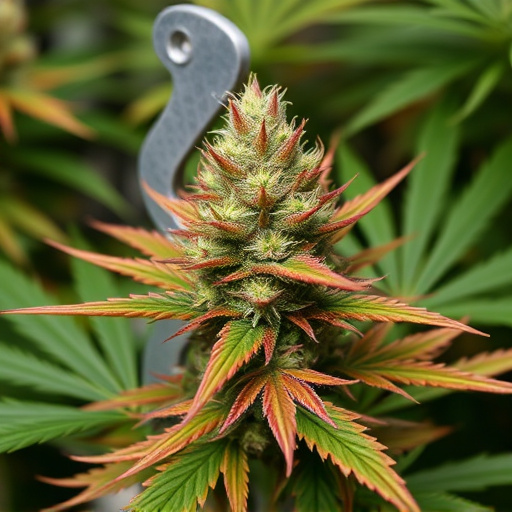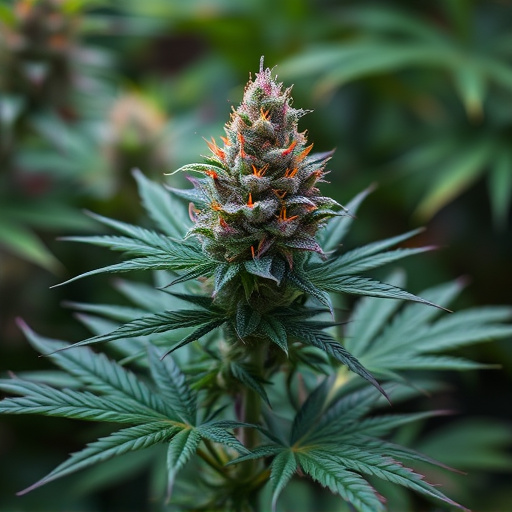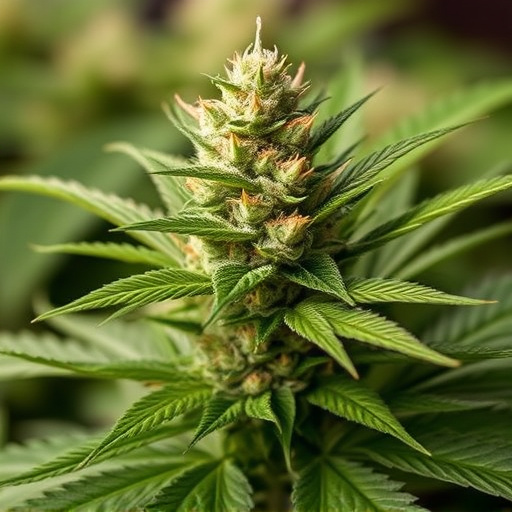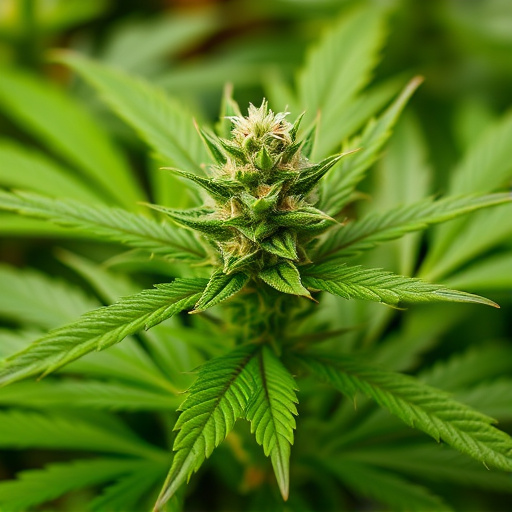The colorful transformation of cannabis flowers is driven by biochemical processes involving chlorophyll, carotenoids, and anthocyanins, which not only create vibrant hues but also serve crucial functions. Environmental factors like light, temperature, and humidity influence these pigments, with optimal conditions enhancing potency indicators like terpenes and cannabinoids, key components in the most potent strains of cannabis. This visual signaling system attracts enthusiasts seeking top-quality, flavorful buds.
Discover the captivating transformation of cannabis flowers as they change color during their blooming cycle. This article explores the intricate factors behind this phenomenon, from the chemical makeup of chlorophyll and other pigments to environmental cues that trigger coloration. We delve into how these processes differ in the most potent strains of cannabis, where unique terpene production further contributes to a diverse range of vibrant hues, enhancing both aesthetic appeal and potential therapeutic benefits.
- The Role of Chlorophyll and Other Pigments in Cannabis Flower Color
- Environmental Factors Influencing Cannabis Flower Pigmentation
- How Terpene Production Contributes to Color Changes in Potent Cannabis Strains
The Role of Chlorophyll and Other Pigments in Cannabis Flower Color
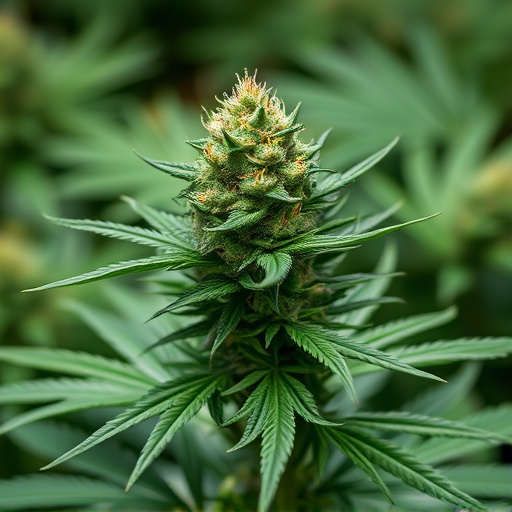
The vibrant hues that transform cannabis flowers from verdant green to rich amber, purple, or even blue aren’t just cosmetic; they’re a result of intricate biochemical processes. At the heart of this transformation lie chlorophyll and other pigments. Chlorophyll, responsible for photosynthesis, is dominant in young cannabis plants, giving them their characteristic green color. As the plant matures, especially during the late flowering stage, the rate of chlorophyll production slows down, allowing other pigments to emerge.
Carotenoids and anthocyanins are two key players in this pigmental shift. Carotenoids, which contribute to yellow, orange, and red colors, have been found to be particularly abundant in some of the most potent strains of cannabis. Anthocyanins, on the other hand, give flowers their purple and blue hues and are influenced by environmental factors like light intensity and temperature. This complex interplay of pigments not only contributes to the stunning visual appeal of cannabis flowers but also plays a role in attracting pollinators and protecting the plant from UV damage, enhancing its overall health and potentially even the quality of the final product.
Environmental Factors Influencing Cannabis Flower Pigmentation
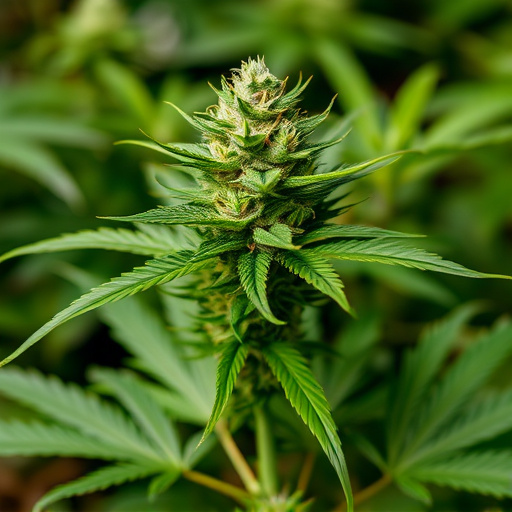
The colors of cannabis flowers are not just visually striking; they offer valuable clues about the plant’s health, ripeness, and potential potency. Environmental factors play a significant role in dictating the final pigmentation of these flowers. Light exposure is one such crucial element. Different light spectrums can influence the production of pigments like anthocyanins, responsible for reds and purples, and carotenoids, contributing to yellows and oranges. Cannabis plants grown under optimal lighting conditions tend to produce more vibrant and diverse colors, including shades that indicate higher levels of terpenes and cannabinoids, which are key factors in determining the most potent strains of cannabis.
Temperature and humidity also contribute to these color changes. Cooler temperatures can slow down the flowering process but often result in richer, deeper colors as the plant concentrates its resources into fewer, more potent flowers. Higher humidity levels can impact pigment synthesis, leading to variations in color intensity. Understanding these environmental factors is essential for cultivators aiming to produce not only visually appealing cannabis flowers but also those with optimal potency and desired chemical profiles.
How Terpene Production Contributes to Color Changes in Potent Cannabis Strains
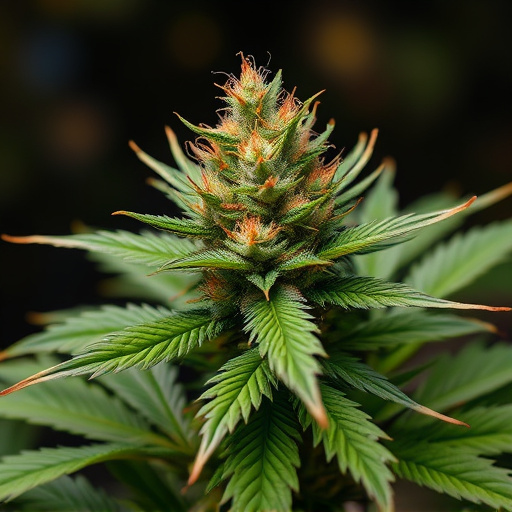
The most potent strains of cannabis often exhibit striking color changes during the flowering stage, a process closely tied to terpene production. Terpenes are aromatic compounds naturally produced by cannabis plants that contribute significantly to its unique flavor and scent profiles. As flowers mature, the concentration of terpenes increases, leading to color shifts. This is because many terpenes have pigmented properties, which become more pronounced as their levels rise. For instance, myrcene, a common terpene known for its earthy aroma, can impart a reddish-purple tint to nugs when present in high concentrations. Similarly, limonene’s citrusy scent may cause flowers to appear more yellowish or green.
These color changes are not merely aesthetic; they serve as visual cues indicating the plant’s maturity and potential potency. In most potent strains, where terpene profiles are rich and diverse, these color transformations become increasingly vibrant, attracting cannabis enthusiasts seeking the highest quality and most flavorful buds.
The captivating color transformation in cannabis flowers is a result of a complex interplay between chlorophyll, other pigments, environmental conditions, and terpene synthesis. Understanding these factors is essential for cultivators aiming to produce the most potent strains of cannabis, as well as for enthusiasts appreciating the beauty and diversity of this remarkable plant. By optimizing growing conditions and selecting specific strains, it’s possible to uncover the full spectrum of colors nature has to offer in each vibrant bloom.
